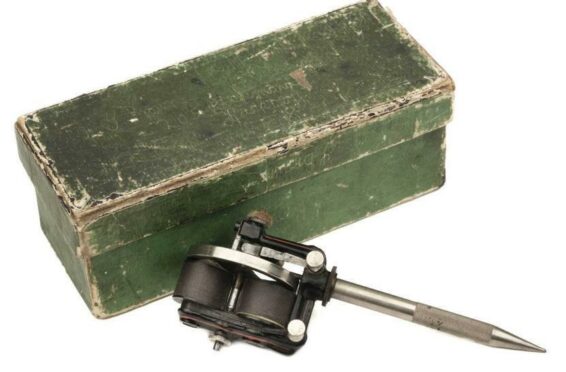It is quite something to keep up with technology these days. If there isn’t a fancy new smartphone on the go, there’s some other digital gizmo to die for just around the corner.
Midnight queues form, the sold-out signs go up and the disappointed trudge away.
This is nothing new, though.
In 1876, the great Thomas Edison thought he was on to a winner. That year, he patented the Edison Electric Pen, a clever instrument for duplicating handwritten documents and drawing.
Meeting a demand
Edison had recognised the probable demand for high-speed copying after observing the document duplication required by lawyers, insurance companies, merchants and those of similar occupations.
Introduced to an intrigued public that year, the Electric Pen used a small motor which caused a reciprocating needle to perforate specially prepared paper thus making a stencil.
The stencil and copy paper were then placed in a frame where ink was applied to make copies.
A rare survivor appeared on March 10 in the Cirencester rooms of Dominic Winter.
Eight times the estimate
Lotted with its original green card box, its nickel-plated flywheel was stamped ‘Patented Aug 15 1876’ and its cast-iron frame painted black with red line detail.
Appreciating its rarity and reacting to the solid market for innovative technical equipment, bidders soon left behind pre-sale hopes of £700-£1000 to take the pen to an eight-times-estimate £8700.
A similar pen, with additional attachments but a damaged box, took £7000 against the same estimate.
That Thomas Edison is best remembered for other innovations, not least sound recordings, is partly because his Electric Pen of 1876 was left on the shelves – rendered obsolete by the introduction of the first mass-produced typewriters.










